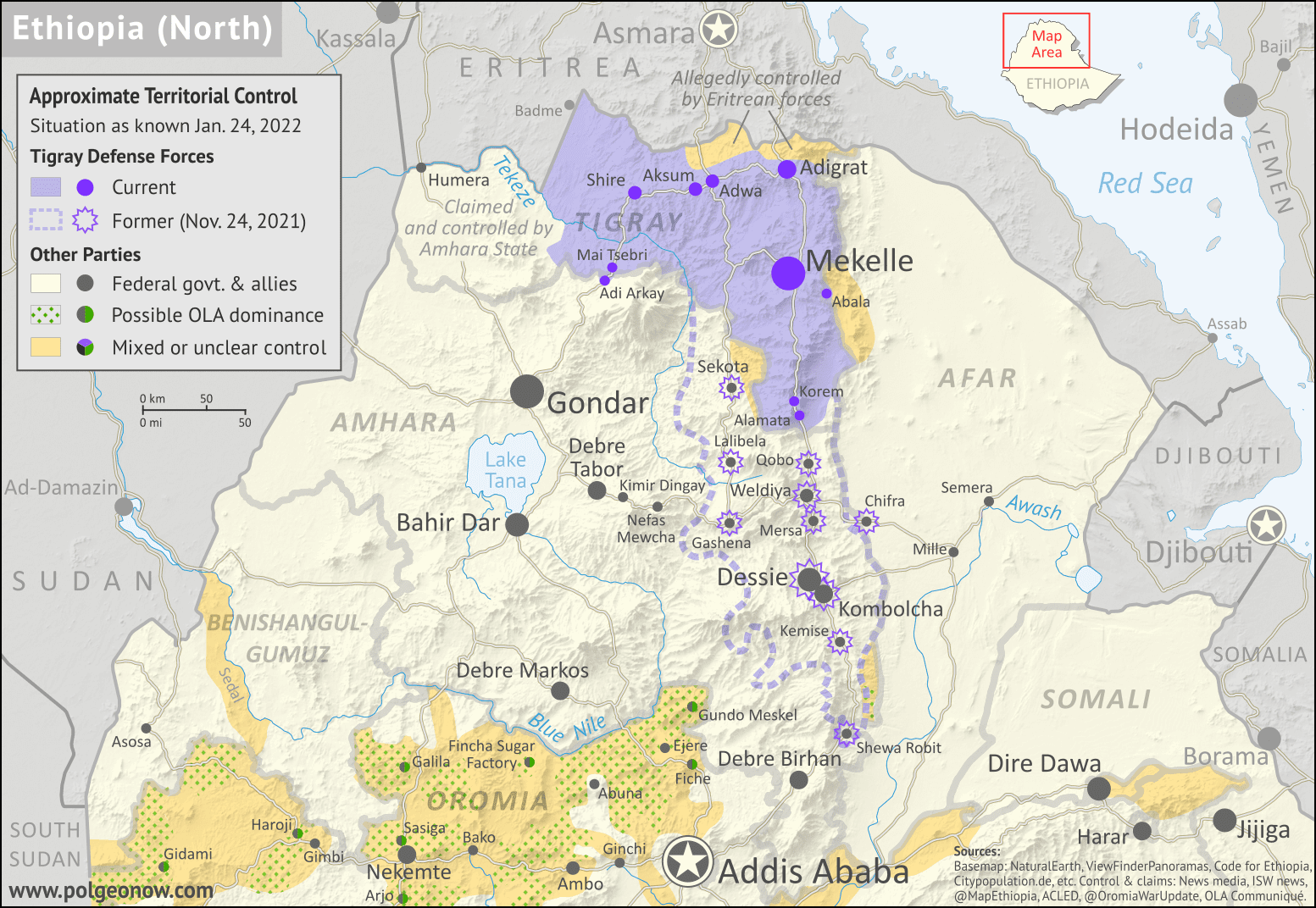 |
| Location of North Korea and neighboring countries. Map by Johannes Barre & Patrick Mannion (CC BY-SA) (source) |
As readers of our updated Parade of Nations feature know, this year's Winter Olympics in Beijing are missing one of the usual teams: North Korea. In fact, North Korea wasn't even allowed to attend.
That's because last year the country's Olympic committee chose not to attend the Summer Olympics in Tokyo - out of what it insisted were COVID-19 concerns - and as punishment, the International Olympic Committee (IOC) suspended it from participation for all of 2022.*
Wait...what? There's a punishment for not attending the Olympics? And that punishment is...not being allowed to attend the Olympics? Then why has this never happened before? If those are the questions you're asking yourself, you're not alone.
We had even more questions, but we couldn't find the answers anywhere in news reporting, official websites, or even Wikipedia - so we went deeper. To find out what we learned, keep reading for the whole story, or skip to the bottom for a bullet-point summary.




